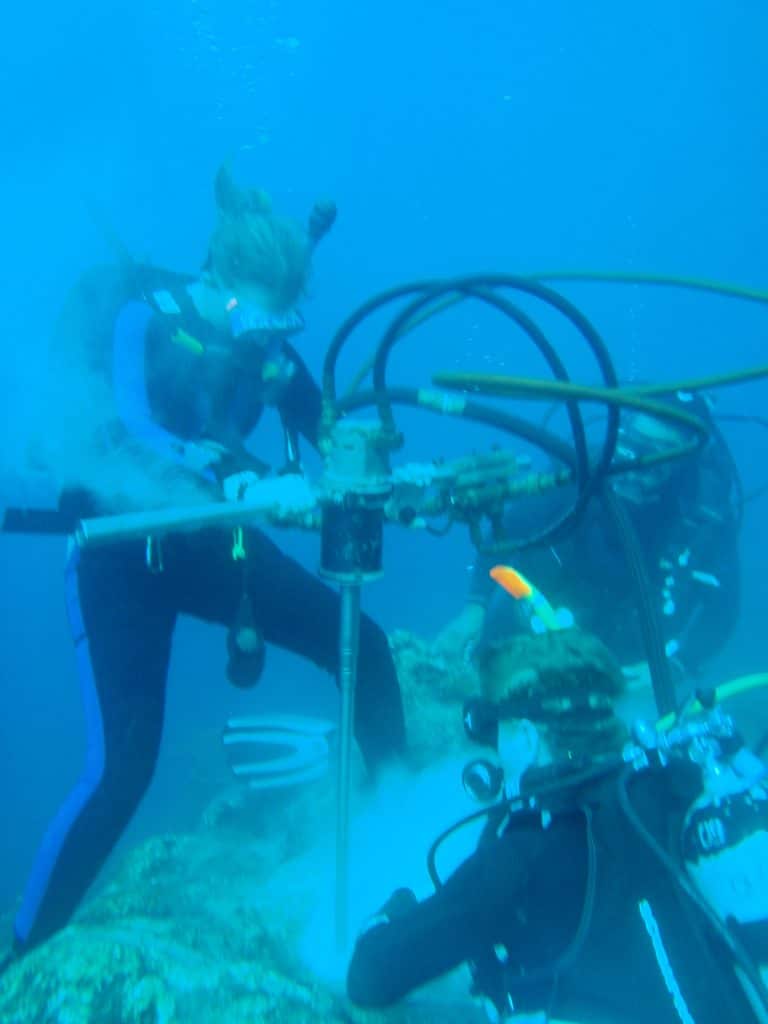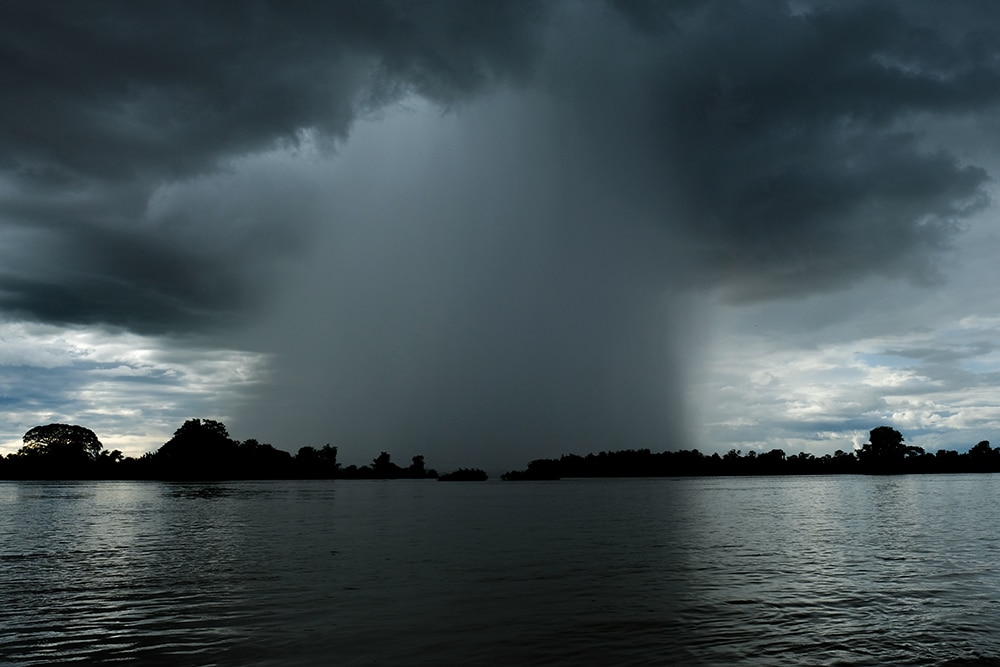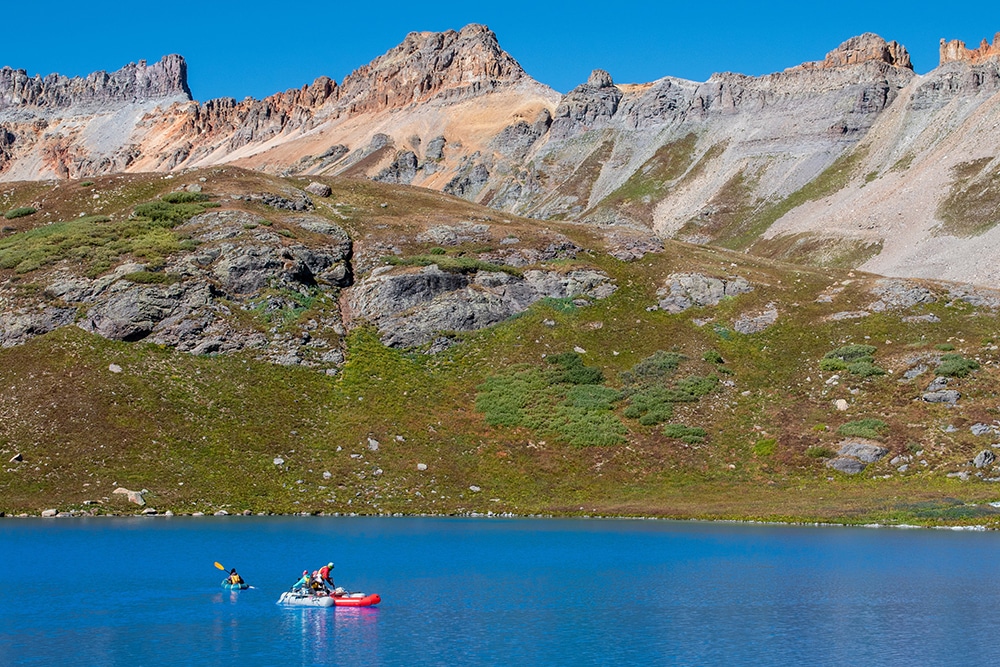Water is life. So what happens in the future when changing global temperatures shift access to and availability of water to different countries and societies?
A team of scientists took on this question of the future by looking to the past. What they found is an important first step to reconstructing a global history of water from the past 2,000 years, which will aid in finding answers and making informed predictions about when, where and how much water may be redistributed and what that means for humans.
A study from the Past Global Changes (PAGES) Iso2k project team, co-led by Nicholas McKay, associate professor in the School of Earth and Sustainability at Northern Arizona University, used geologic and biologic evidence preserved in natural archives—including paleoclimate records from globally distributed corals, trees, ice, cave formations and sediments—to show that the global water cycle has changed during periods of higher and lower temperatures in the recent past.
“The global water cycle is intimately linked to global temperature,” said Bronwen Konecky, an assistant professor of earth, environmental and planetary sciences in Arts & Sciences at Washington University in St. Louis and lead author of the new study in Nature Geoscience.
“We found that during periods of time when temperature is changing at a global scale, we also see changes in the way that water moves around the planet.”

This is a critical question to be asking right now, as 2023 saw three months of record-breaking heat; first June, then July and then August broke the previous record. In Arizona, with its ever-present drought conditions, knowing how heat could affect water quality and availability is crucial.
“Every week, we see and hear about the impacts of how climate change is raising temperatures around the world. Especially in Arizona, changes in the water cycle affect us more substantially,” McKay said. “In this study, we combined information about water cycle changes from ice cores, trees, lakes, corals, caves and more and found that even global temperature has had a clear effect on the global water cycle of the past 2,000 years.”
An intertwined cycle
The water cycle is complex, and rainfall in particular has geographic variations that are much more drastic than air temperature. Each water molecule that is part of the cycle has a certain isotopic ‘fingerprint,’ or composition, which reflects small variations in the atomic weight of the oxygen and hydrogen atoms that comprise the molecule. So, individual water molecules can be heavier or lighter.
With this new study, the scientists found that when global temperature is higher, rain becomes more isotopically heavy. The researchers interpreted these isotopic changes and determined their timeline by synthesizing data from across a wide variety of natural archive sources from the past 2,000 years of Earth’s history.
The PAGES Iso2k project team—which includes more than 40 researchers from 10 countries, including NAU Regents’ professor Darrell Kaufman and alumna Hannah Kolus—collected, collated and sometimes digitized 759 globally distributed time-series datasets to build the database—the largest of its kind. This allowed them to compare different types of data, i.e. a tree ring to an ice core, which wasn’t possible before this database.
This study provides the first evidence that temperature and the isotopic composition of environmental waters go hand in hand at timescales in between global scale relationships and local scale relationships—that is, over decades to centuries.
It’s a rapid adjustment, Konecky said. “As the planet warms and cools, it affects the behavior of water as it leaves the oceans and the vigor of its motions through the atmosphere. The isotopic signals in these waters are very responsive to temperature changes.”

The scientists found that global mean surface temperature exerted a coherent influence on the isotopic composition of global precipitation and “meteoric water” (water in lakes, rivers and ice melts) throughout the past 2,000 years. The changes they observed were driven by global ocean evaporation and condensation processes, with lower values during the period of time known as the Little Ice Age (1450-1850) and higher values after the onset of human-caused climate warming starting at about 1850.
Here in Arizona, it is difficult to predict the specifics of how future rainfall will change, although warming temperatures and growing demand on water from evaporation, plants and people effectively guarantee reduced water availability in the future. By looking at this data from the last 2,000 years, this study suggests that we can also count on more water cycle changes as global temperatures continue to increase.



